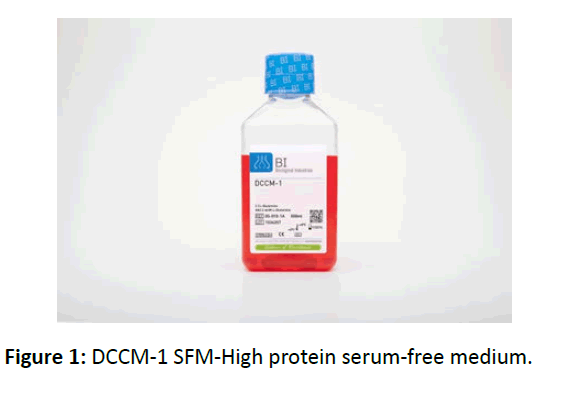Manisha Kumari*
Department of Life Sciences, Kirori Mal College, University of Delhi, India
- *Corresponding Author:
- Manisha Kumari
Department of Life Sciences
Kirori Mal College
University of Delhi, India
E-mail: sing.manisha.song21@gmail.com
Received date: July 10, 2020; Accepted date: July 17, 2020; Published date: July 27, 2020
Citation: Kumari M (2020) Advantages of Serum-Free Media in Animal Tissue Culture. J Anim Sci Livest Prod Vol.4 No.2:6.
Serum-Free Media
DCCM-1 SFM-High protein serum-free medium, designed for
hybridoma cell growth and monoclonal antibody production;
the culture media required for the animal tissue culture are
much more complex than the minimal media required for the
growth for yeasts and bacteria. In the initial years of animal
tissue culture, the culture media consists of undefined
components such as plasma serum and embryo extracts. But
in the year 1995, Harry Eagle described the first defined media
it contained salts, glucose various amino acids and vitamins
which the cell cannot synthesis themselves. The serum is cellfree
liquid recovered from the blood. Some common example
is Fetal Bovine Serum (FBS), Calf Serum (CS) and Horse Serum
(HS). The drawback of using media containing serum is that
due to its undefined nature it prevents the true definition and
elucidation of the nutritional and hormonal requirement of
the cultured cell. But SFM, in contrast, contains defined
quantities of growth factors and proteins. The quantity and
quality of components in such media are precisely known;
because of this, they are also called defined culture media.
They provide a controlled way of study, to record the effect of
specific growth factors or nutrients on cell growth and
differentiation.
Figure 1: DCCM-1 SFM-High protein serum-free medium.


